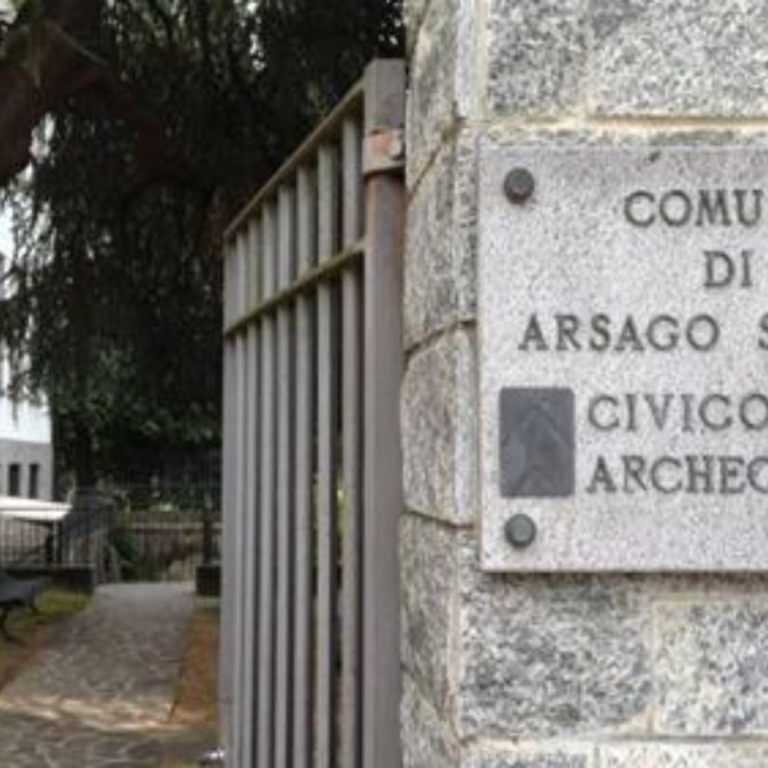Archaeological Museum
Civico Museo Archeologico di Arsago Seprio
 Non in abbonamento
Non in abbonamentoIt was that episode that prompted the local authorities to plan a museum to house the precious findings of the Lombard burials. In the meantime, Arsago Seprio became the scene of new discoveries, with the Roman necropolis in Via Beltrami and Via Roma, which allowed a better understanding of the history and evolution of this Roman-era vicus. Starting in 1981, the Superintendency began to deposit the objects until the Museum opened in 1983. A flood in February 1991 caused its closure: years of renovations and extensions followed until the final reopening in 1998. The Museum currently houses the archaeological collection, which covers a very broad chronological span, from the Bronze Age to the Renaissance, and a palaeontological collection, to which a specific section has recently been dedicated. It consists of an external part, which coincides with the portico, used as a lapidary, and the garden, where the Longobard tombs excavated in the 1970s are still visible in situ. The very presence of the necropolis, the only one preserved on view in Italy, is a prestigious element for the museum itself. The interior, on the other hand, features three rooms dedicated to the archaeological collection, a room used as a specialist library and a room dedicated to the palaeontological section.

















 ️
️